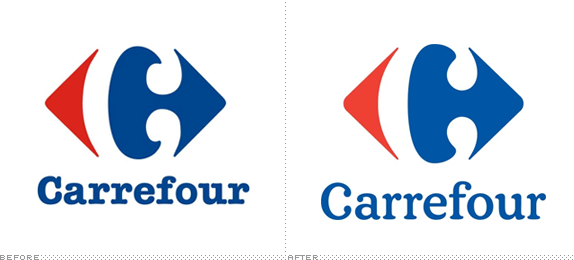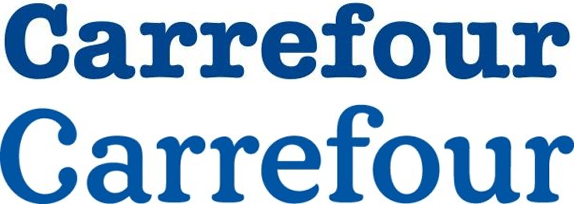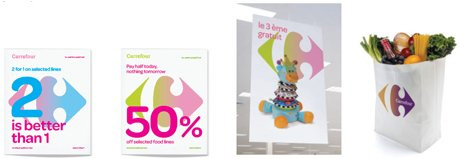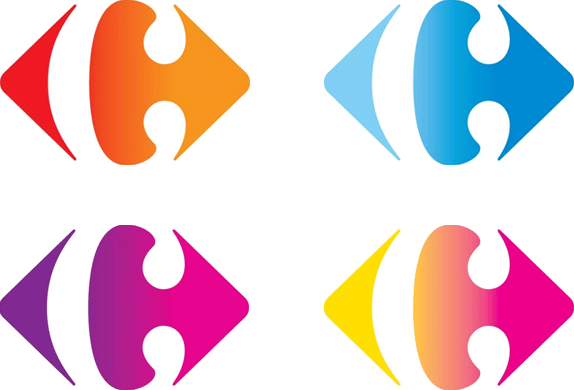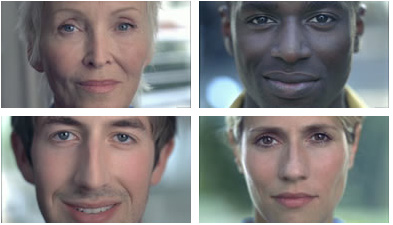Worried it was losing touch with the next generation of computer users, and losing sales to rival brands like Apple and Sony that were seen as ‘cooler’ amongst its target demographic, HP partnered with MTV to create Engine Room. The remit: to engage with young people across the world, challenging them to demonstrate their own creative skills and the capabilities of the HP computer.
Research carried out by the computer manufacturer showed that HP’s target audience saw the brand as being less progressive than both Apple and Sony with only 36% agreeing HP was innovative vs. 68% for Apple and 52% for Sony. Since 2006, HP’s partnership with MTV has sought to rectify this trend.
Engine Room provided 16 talented digital artists, representing Asia-Pacific, Europe, Latin America and North America, the opportunity to compete on HP’s newest technology, battling it out for $400,000 USD, a load of HP gear and programming control of MTV’s screen in Times Square. The progress of the 16 was broadcast by MTV through a short-form series airing around the world on TV and online.



BRAND:HP
BRAND OWNER:Hewlett Packard
CATEGORY:Computers/Software
REGION:Global
DATE:Jun 2008 - Dec 2008
MEDIA OWNER:MTV
MEDIA CHANNEL













